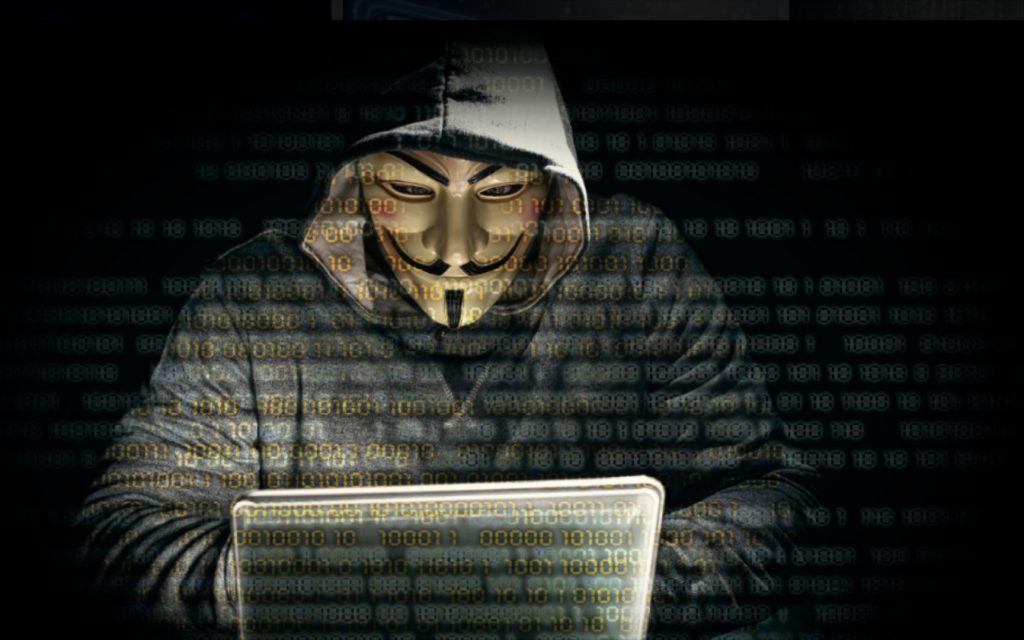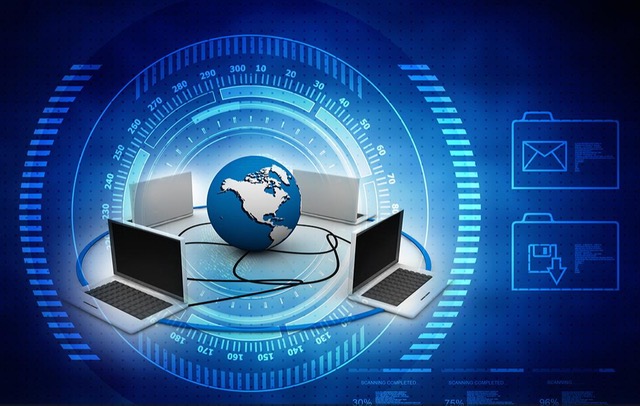We all know that the identity is always a good topic to explore. Stuart Hall is a great researcher of this topic and his theory solved many answers related to the identity. This time I will explore the individual identity in digital world and how to face it in a correct way.

Firstly, I want to talk about what is the identity and its definition and composition. Identity is the self-positioning of an individual in the society and the cognition of others. It is composed of many factors, such as individual biological characteristics, social role, cultural background and so on. Stuart Hall argues that the identity is not merely fixed, but is constantly constructed and reconstructed in social interaction and cultural practices. So in the digital world, personal identity is a complex and multidimensional concept that involves how to identify and verify an individual’s identity information in cyberspace. Or we can put it more vividly, the individual identity in digital world is just like a mask, maybe in somewhere she is a gentle mother, but maybe sometimes she’s a cute puppy too.

Then I want to explore the key points of the individual identity in digital world. First is the identity verification: this is the process of ensuring the uniqueness and authenticity of an individual’s identity in the digital world. Common authentication methods include passwords, biometric recognition (such as fingerprints, facial recognition) and so on. The second on is privacy protection: in the digital world, the protection of personal identity information is crucial. Privacy protection measures include encryption technology, anonymization processing, data minimization principles, etc. The third one is legal and regulatory: many countries and regions have laws and regulatory provisions regarding digital identity to ensure the security and privacy protection of personal identity information. The last one is social media identity: on social media platforms, personal identity is usually associated with a user’s profile, friend list, activity history, and other information. It’s necessary of us to know these key points of the individual identity in the digital world, so that we can better understand the concept of personal identity in the digital world and learn how to protect and manage personal identity information.

So strengthening the security of digital identity is a very important matter that needs to be approached from multiple aspects such as technology, policies, and users themselves. There are also some thoughts of me. Using strong password: ensure that the password is complex enough, including uppercase and lowercase letters, numbers, and special characters. Using security software: install and regularly update antivirus software and firewalls to prevent malicious software attacks. Using access control: implement strict access control to ensure that only authorized personnel can access sensitive information. And the government can also develop clear privacy policies that inform users on how to collect, use, and protect their identity information. Through these measures, the security of digital identity can be greatly improved, reducing identity theft, data leakage and other security risks.

I think no one among us wants to live in a fake world just like Truman. We really should take off the masks and clear the eyes in this new age. Let’s recognize the individual identity and enjoy ourselves in the digital world.


I appreciate your emphasis on digital security; it would be even better if we could delve deeper into how the internet currently defines people’s digital identities.
The title, “Who am I: The Individual Identity in the Digital World,” is eye-catching and captures the theme effectively, inviting readers to think about their own digital identities. The layout is clean and easy to follow, with well-organised sections that guide the reader through different aspects of digital identity. Subheadings and paragraph spacing make it visually accessible, while images or examples might further enhance the readability and engagement. I also liked the way you included pictures which helps the readers to have a more visual representation of the idea.
Ways to improve could be to integrate real-world examples or case studies of digital identity management which could add depth and make the ideas more relatable. Finally, adding a summary or key takeaways section at the end could provide readers with a quick recap of the main points.
In this article of yours, you analyze personal identity. You point out that identity is an individual’s self-positioning and perception of others in society. It is made up of many factors. I agree with you that in the digital world, personal identity is a complex multidimensional concept that involves how to identify and verify an individual’s identity information in cyberspace. You present three points that you think are important. The first is authentication: this is the process of ensuring the uniqueness and authenticity of an individual’s identity in the digital world. The second is privacy protection, and the third is law and regulation.